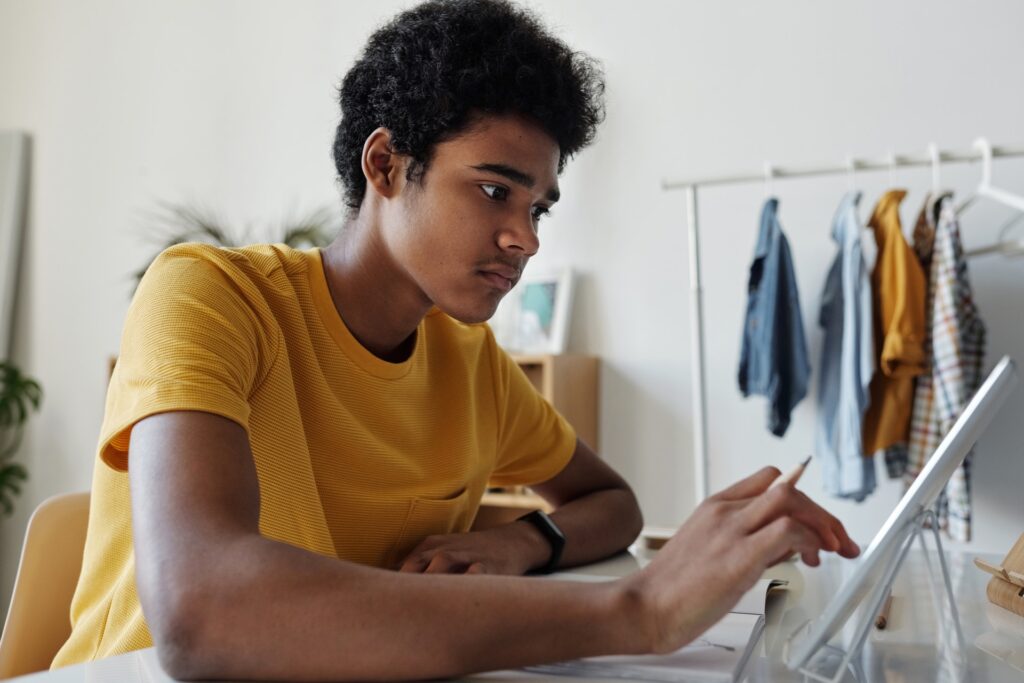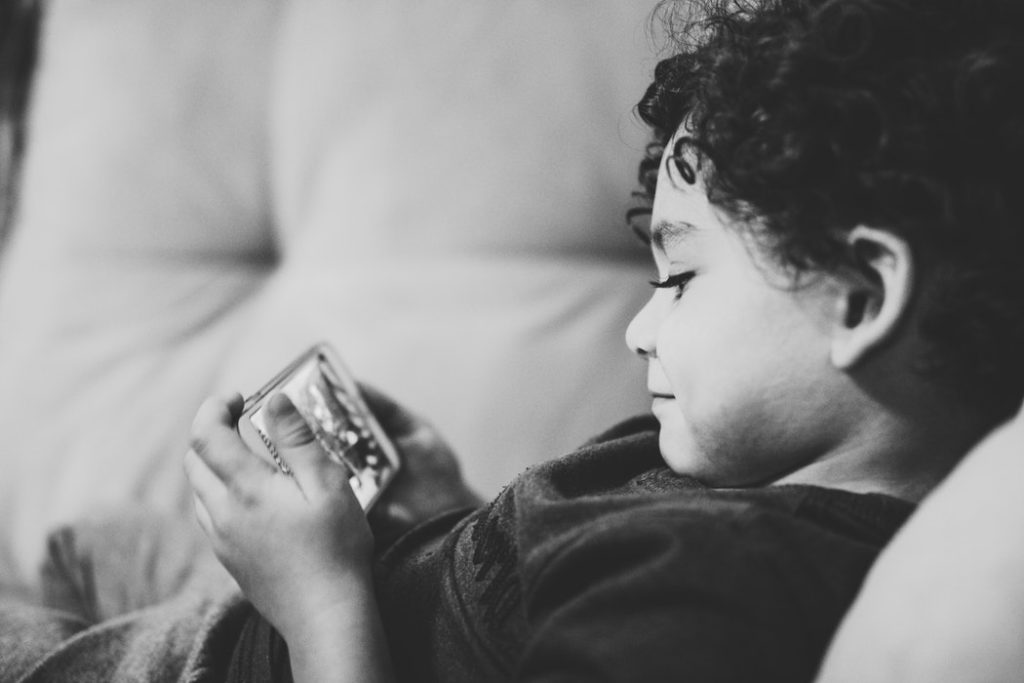
Photo by Julia M Cameron from Pexels
With a summer overshadowed by COVID-19, parents are taking a hard look at how to make the right decisions regarding their kids’ increased reliance on screens— which are helping to maintain a sense of normalcy during this socially-distanced time— while also finding the right balance with other important activities.
TV, streaming platforms, and app downloads have all seen notable in their use since the pandemic started, and children’s television viewing has also skyrocketed as parents across the world are increasingly turning to screens and technology to entertain and engage their kids.
To get further insights into kids’ screen time habits and behaviors during the pandemic, Brainly the world’s largest online learning community for students, parents, and teachers— surveyed 5,000 U.S. students (grades 6th-12th, ages 11-18) on its platform.
Some shocking insights were discovered. Consider this: About 25% of kids spend more than 9 hours every day looking at a screen. That screen time has led to just over 50% of students reporting headaches, soreness, and dry or irritated eyes. Since the pandemic began, students said they are spending at least 50% more time in front of screens daily.
Given the unprecedented situation we are facing which has brought on copious new challenges, the traditional boundaries and limits for screen time need to be reassessed.
So, how can parents handle screen time during the pandemic? Eric Oldfield, Chief Business Officer of Brainly and father of two school-age daughters, has a few tips for parents to consider when deciding the best course of action.
The real enemies of healthy development in children are the same as adults: a sedentary lifestyle, social isolation, and distractions from schoolwork and learning. Using screens too much can contribute to all of these problems – but they can also counter them.
The COVID-19 pandemic could last for a long time, so as families create new routines, it’s always best to focus on habits that are practical and sustainable. Above all else, don’t feel guilty about turning to screens more than you used to.





